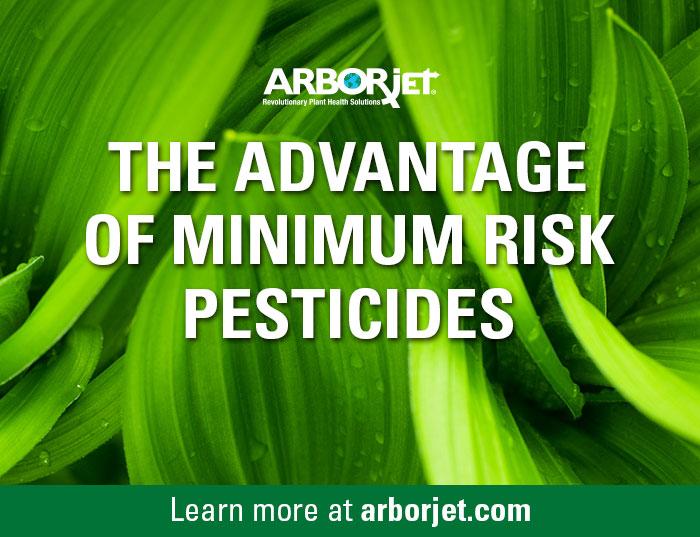by Kristin Nikodemski
Many pesticides, if used improperly, can have unintended consequences like harming the plant they were applied to protect or killing beneficial insects and organisms. When a controlled environment, companion planting, or homemade remedies don’t work you may want to try a minimum risk pesticide.
Conventional Pesticides versus Minimum Risk Pesticides
A pesticide is any substance or mixture of substances intended for preventing, destroying, repelling, or mitigating any pest and will make claims of this on the label and advertising. Any substance falling within this definition of a pesticide must be registered by the Environmental Protection Agency (EPA) before it can be legally sold or distributed in the United States. Section 25(b) of the Federal Insecticide, Fungicide, and Rodenticide Act (FIFRA) has determined a Minimum Risk Pesticide does not require EPA registration because it poses little to no risk to human health or the environment. Individual states may still require registration of minimum risk pesticides.
Even the most careful indoor gardeners can suffer from insect and disease problems with their plants. Minimum risk pesticides are made from natural ingredients that have proven over time to defend against insects and disease, making them an effective option for prevention and control that is also non-toxic to humans. Minimum risk pesticides are generally a solution of botanical oils from herbs such as clove, thyme and rosemary. They work on contact by smothering and dehydrating insects and disease spores while providing a barrier preventing pest establishment.
Things to Consider When Selecting a Minimum Risk Pesticide
Safety and Use
It is important to remember that these products are still pesticides and though their ingredients are naturally occurring, it does not mean all of them are suitable for consumption. Not all minimum risk pesticides are allowed for use on food crops. EPA regulations are very specific on which products are allowed and which are not. A product label should clearly list specific insects, diseases, and the crops they can be applied on.
Ingredients Approved for Use on Food:
Castor oil (U.S.P. or equivalent), cinnamon and cinnamon oil, citric acid, cloves and clove oil, corn gluten meal, corn oil, cottonseed oil, garlic and garlic oil, geraniol, mint and mint oil, peppermint and peppermint oil, potassium sorbate, putrescent whole egg solids, rosemary and rosemary oil, sesame (includes ground sesame plant) and sesame oil, sodium chloride (common salt), soybean oil, thyme and thyme oil, white pepper
Ingredients Not Approved for Use on Food:
Cedar oil, citronella and citronella oil, dried blood, eugenol, geranium oil, lauryl sulfate, lemongrass oil, linseed oil, malic acid, 2-phenethyl propionate, sodium lauryl sulfate, zinc metal strips
Efficacy and Control
There are significant differences in efficacy and control when using natural products. It may cost a little more, but purchasing the right product should resolve your pest problem and be safe for you and your plant. An easy test is to compare two products with the same active ingredient at different price points. The higher priced item is likely to have more active ingredient leading to a greater chance for control. Research the products before you make a purchase, a little digging can give you a lot of insight into what goes into making and supporting each product. For example, can you find test data to prove efficacy? Has a product been formulated using new techniques or technologies to give it a performance edge? These questions are just the start to finding the best minimum risk pesticide for your needs.
Kristin Nikodemski works for Arborjet a manufacturer of minimum risk pesticides including Eco-Mite Plus® Botanical Insecticide Miticide and Eco-PM® Botanical Fungicide. For more information visit Arborjet.com/ecoline.

